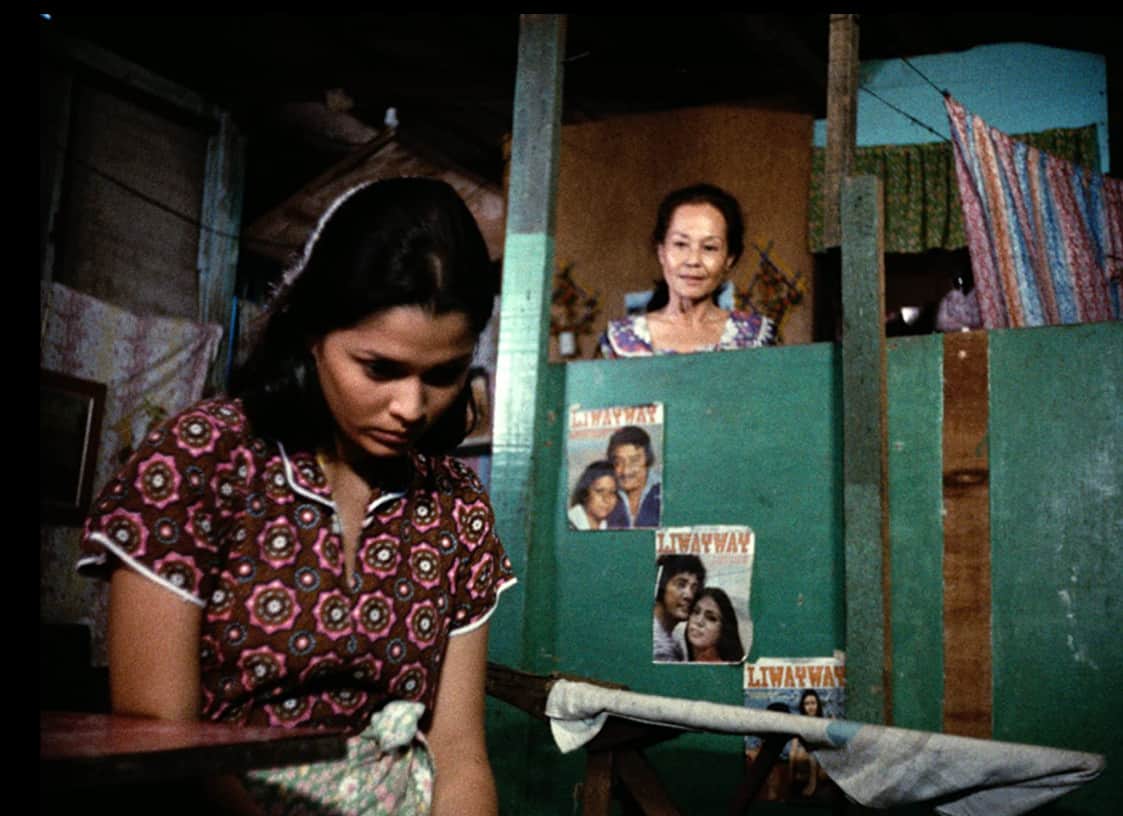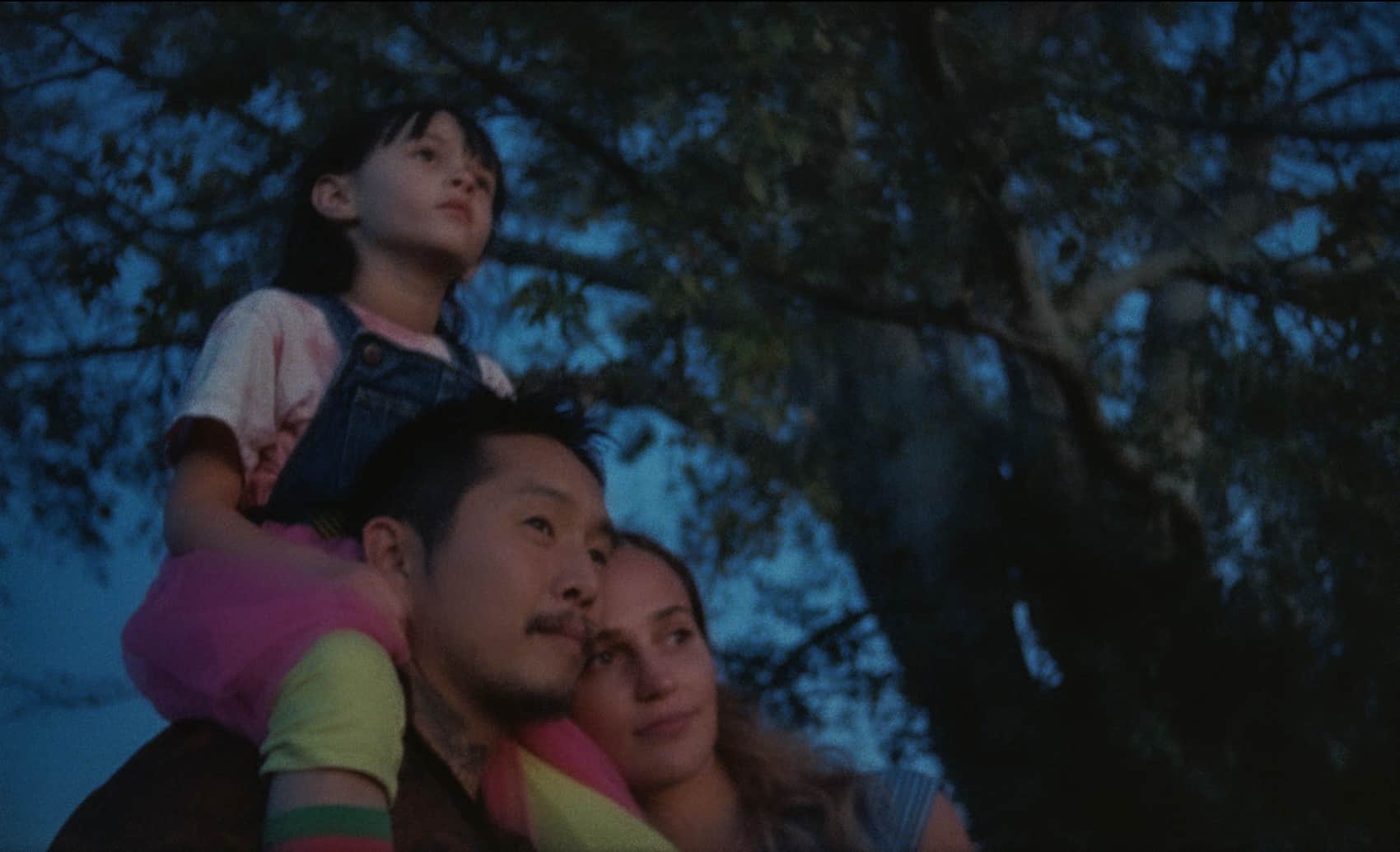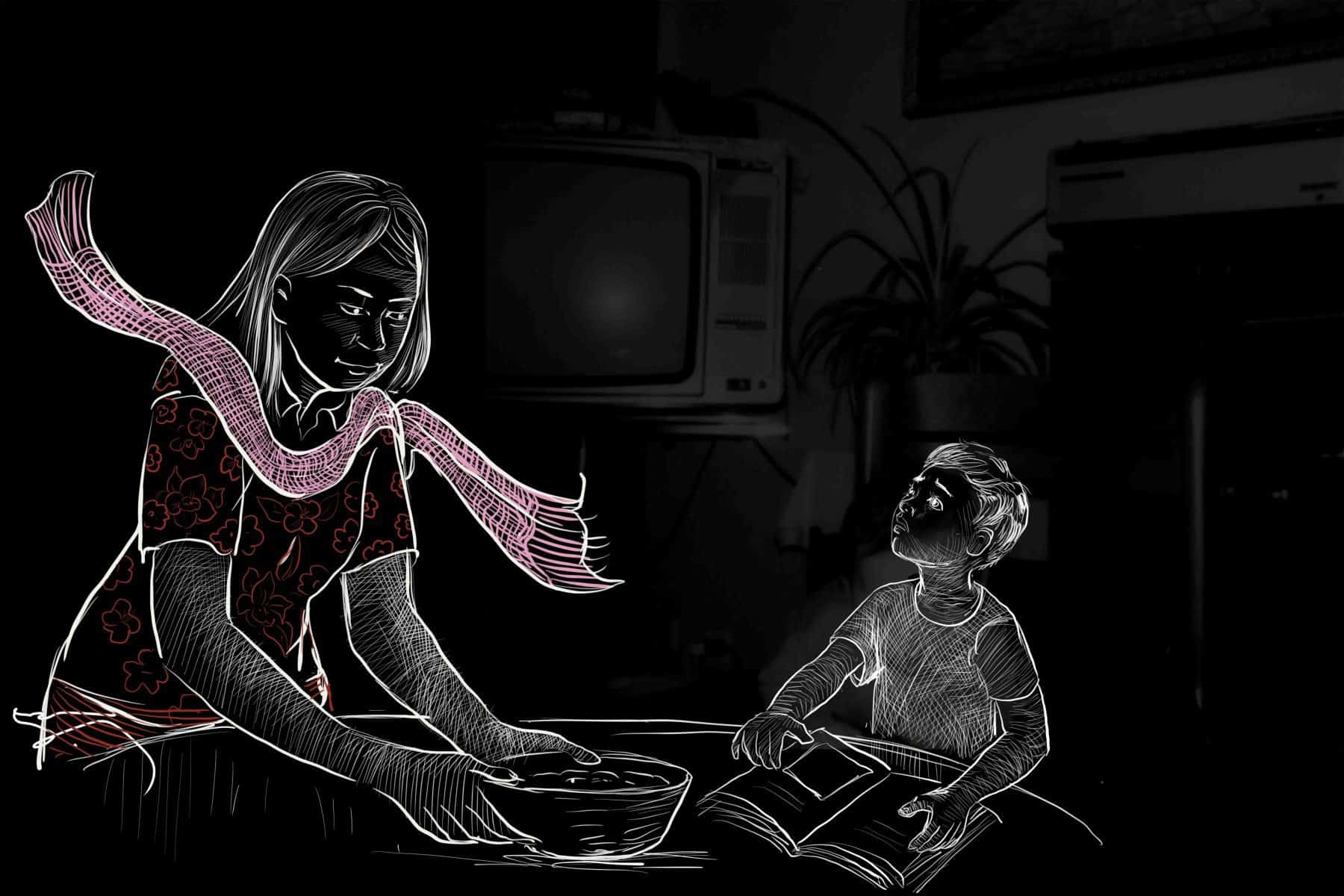Based on the novel “Waga Ikka Zenin Shikei” by Tomohiko Suzuki, which is based on the infamous Omuta murders, “Death Row Family” attempts a “reenact” of the actual events, taking many liberties regarding the story, in exploitation style.
Death Row Family is screening at the 19th Japan Film Fest Hamburg

Takanori, the son of a yakuza boss, is offered as a scapegoat to another syndicate and sent to jail for a crime he didn't commit. Two years later, he is released from prison. After reuniting with his girlfriend, Kaori, Takanori meets with his older brother Satoshi. He tells Takanori of his plan to rob the safe of the Yoshidas, a local family running a loan shark operation, whose members happen to be close friends with the two brothers and associates of the family. Takanori is reluctant, but after his brother threatens his girlfriend, he decides to partake in the “operation”.
Breaking into the Yoshidas' home, they steal their safe, not before they kill the youngest son of the family, Shoji, however. Afterward, Satoshi admits to Takanori that their parents were planning to steal it for themselves the next day. Worried they wouldn't share in the haul, he thought to jump the gun and take it for himself. Takanori finds himself becoming much like his criminal family members, even surpassing them, as paranoia seems to take everyone over.
Yuki Kobayashi directs a film where the exploitation starts from the beginning, with Yoshihiro Nishimura's influence as assistant director and producer being more than evident, and never actually ceases, both in the production's general aesthetics and through the use of a number of individual “devices”. The dwarf who has sustained full body injuries but is constantly aroused (even when he hears cats going at it), the way Shoji is killed, and the permeating, perverse sexuality are among the elements that fall under both categories, although regarding the last aspect, Kobayashi has chosen to present the sleaziness through sound, rather than image.
Violence and paranoia also permeate the film, as Takanori begins a downwards spiral towards the decay of the rest of his family members, and strangling becomes the main killing tactic. However, Kobayashi does not overstep the borders of the (extreme but actually) kind of mainstream film, particularly through the use of Kou Nakagawa's mostly punk music and Kobayashi and Yoshihiro Nishimura's editing, that makes the film function as an extreme music video, quite frequently. Thoughts presented on screen through text, some social comments like the one when Shoji states “People are happy finding stupider people” also move towards the same direction and prevent the film from becoming a bloody extravaganza.
Keizo Suzuki's cinematography implements the movie's aesthetics quite fittingly, in both the violent and the “calmer” scenes, where most of the dialogue ensues inside cramped apartments and cars.
Shotaro Mamiya plays the blonde-haired Takanori with the excessiveness so regularly associated with Japanese acting, although in this case, his performance seems to resonate quite nicely with the movies' style, with the same applying to Kanako Irie as Takanori's mother, who presents a truly frantic and quite annoying character with gusto. Katsuya Maiguma as Takashi retains his coolness almost throughout the film, although his highlights come when he erupts. Naomasa Musaka plays their father in distinctly cult fashion, while Haduki Shimizu as Kaori and Miyuki Torii as Patra are the main sources of sensuality in the film.
“Death Row Family” is a very entertaining film in exploitation, but restrained style, which makes it quite easy to watch.

















